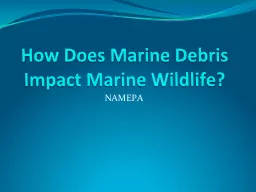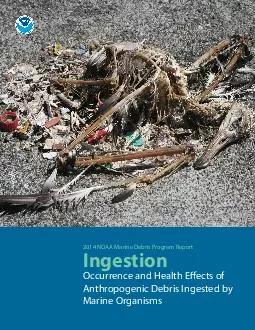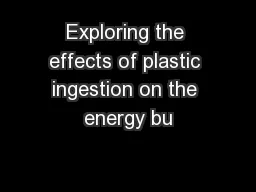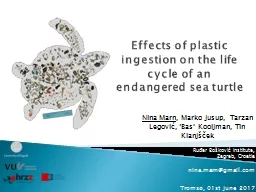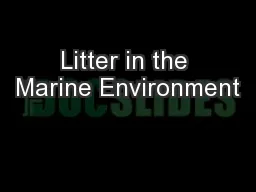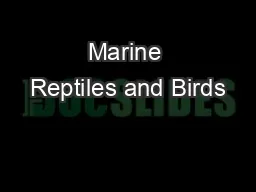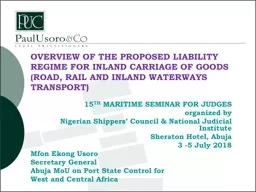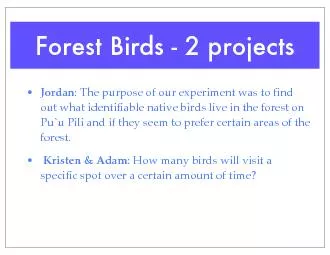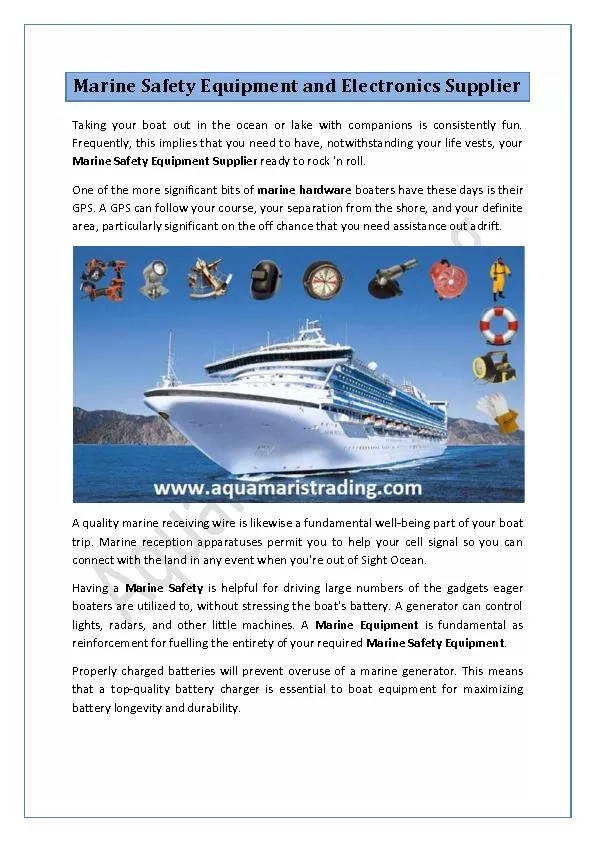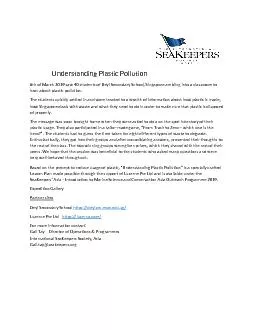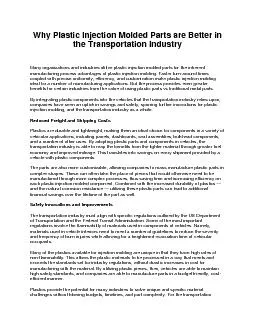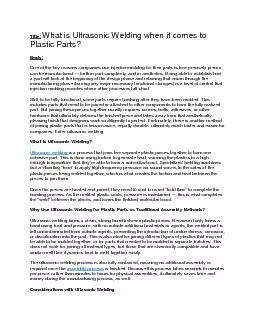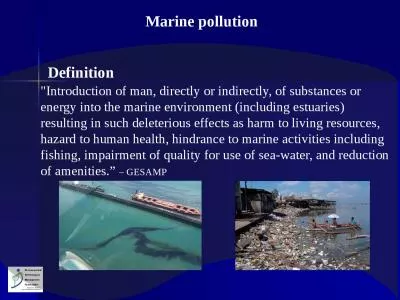PPT-Plastic pollution ingestion by marine birds; what we have learned since the 1960s
Author : celsa-spraggs | Published Date : 2019-06-22
Dr Jennifer Provencher Head of the Wildlife Health Unit Canadian Wildlife Service Environment and Climate Change Canada Plastics in the Ocean Brest France November
Presentation Embed Code
Download Presentation
Download Presentation The PPT/PDF document "Plastic pollution ingestion by marine bi..." is the property of its rightful owner. Permission is granted to download and print the materials on this website for personal, non-commercial use only, and to display it on your personal computer provided you do not modify the materials and that you retain all copyright notices contained in the materials. By downloading content from our website, you accept the terms of this agreement.
Plastic pollution ingestion by marine birds; what we have learned since the 1960s: Transcript
Download Rules Of Document
"Plastic pollution ingestion by marine birds; what we have learned since the 1960s"The content belongs to its owner. You may download and print it for personal use, without modification, and keep all copyright notices. By downloading, you agree to these terms.
Related Documents


